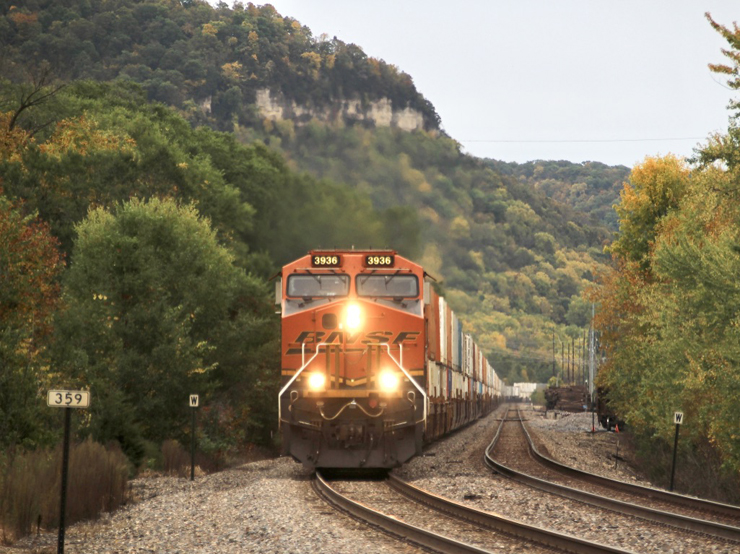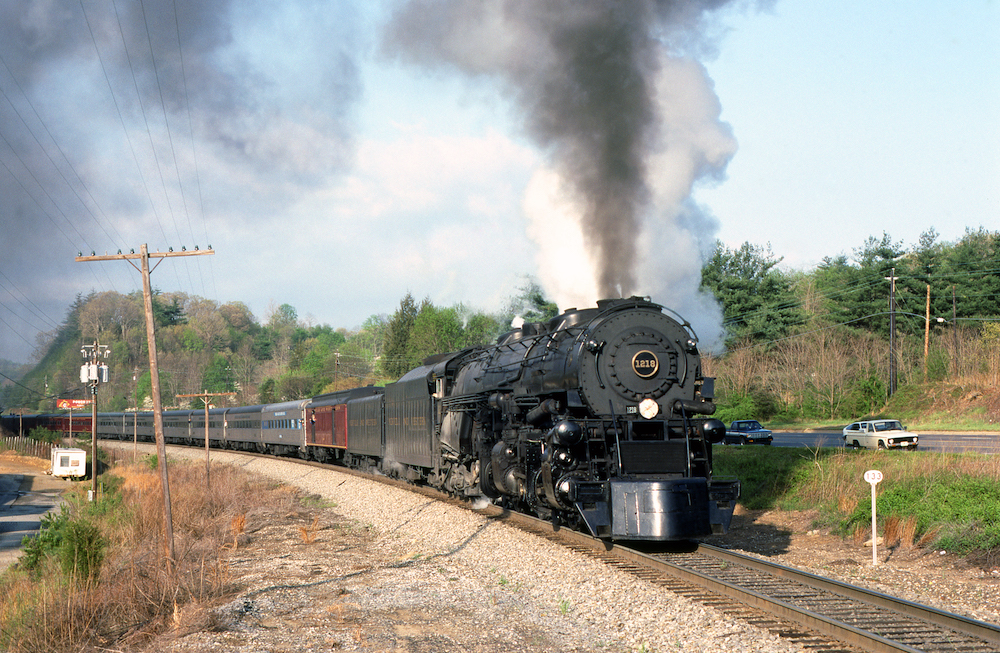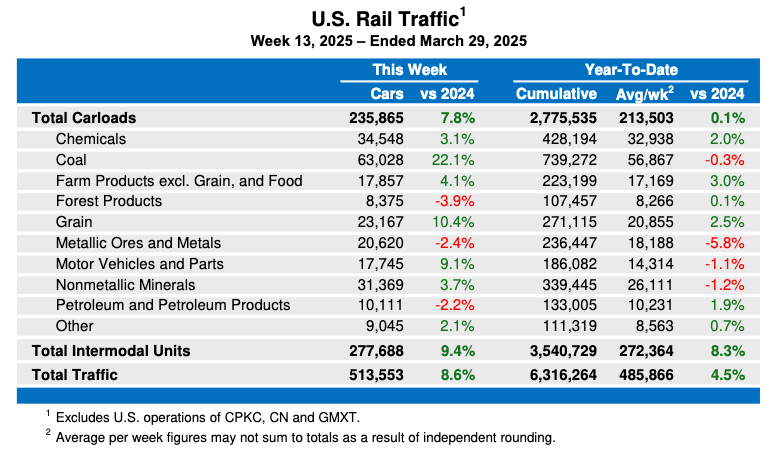“I want to make it clear that the setbacks we’ve experienced are not due to the implementation of Unified Plan 2020,” Kenny Rocker, UP’s executive vice president of marketing and sales, wrote in a customer advisory on Monday. “Rather, our service challenges have stemmed from several inclement winter weather incidents, which began to impact operations in late January. The effects of the severe winter weather were also compounded by derailments in the Northern Region.”
Unified Plan 2020 is UP’s new operating plan based on the principles of Precision Scheduled Railroading. It’s currently implementing operational changes in the Pacific Northwest as part of rollout of the third of three initial phases of the new plan.
From Feb. 7 to 9, UP experienced nine incidents across its system, including six on its Northern Region. Harsh winter weather swept across the Midwest several times over the past month, as well, bringing record cold and snowfall that slowed operations. But UP also encountered a washout on the Sunset Route 65 miles east of West Colton, Calif., on Feb. 14.
“These incidents have required us to hold trains until crews restore safe travel through these areas. The impact of doing so is a drop in velocity and a slowdown of our network overall,” Rocker wrote.
“The impacts of winter weather are reflected in the key metrics we review to determine the health of our network,” he added. “Unfortunately, we have seen declines in some of these key performance measures. Despite these setbacks, our key metrics are still better than February of last year. Our car velocity is up 6 percent and terminal dwell is down 17 percent, while our on-time delivery improved by 3 points.”
In addition to adding locomotives and crews, UP diverted traffic away from congested areas, including Proviso Yard in Chicago. The railroad also bypassed intermediate terminals, where possible, and added resources in weather-hit areas such as Chicago and Salt Lake City.















What is neglected in this article is the blockage of Union Pacific’s Cascade line south of Eugene, Oregon resulting from fallen trees and deep snow cover. Amtrak Train Number 11, “The Coast Starlight” was stranded after hitting a fallen tree on Sunday with 183 passengers on board.
At CN and CP, PSR practices have made the railroad increasingly vulnerable to Winter weather, and I don’t see how it should be any different at UP, CSX or NS.
Long, heavy and underpowered trains (underpowered being commonly defined as anything over 0.5HP per ton at CN) just don’t run well in cold weather. Decreased adhesion, lower engine reliability, and difficulties in managing brake pipe pressure are common physics problems in cold weather but EHH did not care about physics or cold weather. One of the first thing he did at CN was to get rid of the Winter surge fleet, so trains would not be able to leave terminals because the required locomotives were on dead trains sitting on a blocked mainline somewhere in the middle of the sticks.
Even in gentler weather, long trains are just slow and clumsy; they take forever to navigate through speed-restricted areas such as terminals and turnouts. Often, they will not be able to get up to track speed between speed-restricted zones (remember about that 0.5hp per ton). They also tend to jam-up terminals lacking such long arrival/departure tracks, and will generally foul some main line when they work every here and then to drop-off or pick-up some cars.
Do not believe anyone claiming that these practices make the railroads more fluid. They were implemented for a single reason: cut costs to the bone, and then beyond.